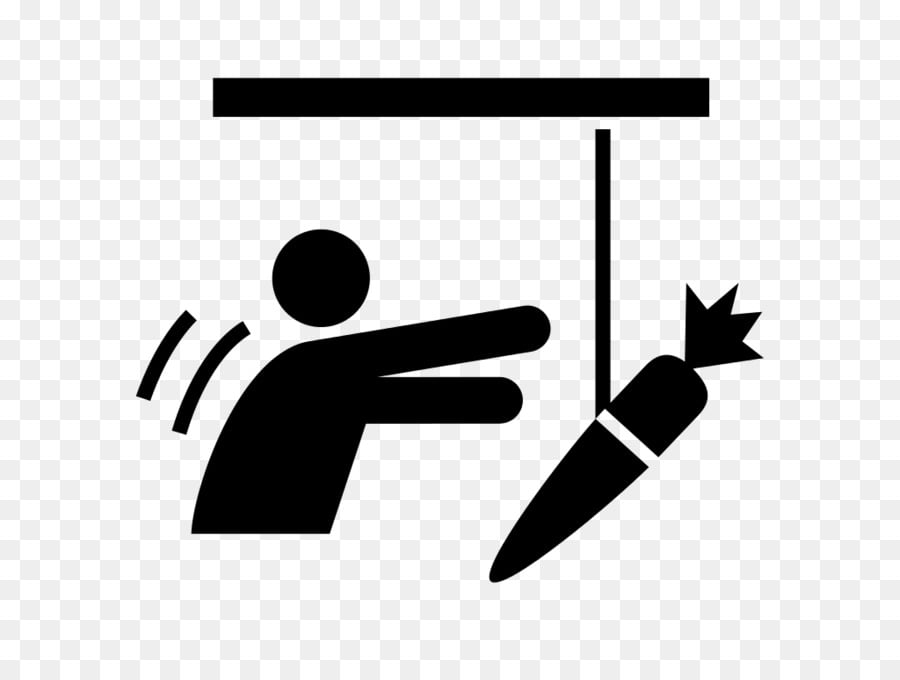The Critical Role of Competitive Analysis in Strategic Planning
Strategic planning is paramount for success in today's fiercely competitive business environment. A cornerstone of effective strategic planning is a robust competitive analysis. This process involves meticulously evaluating and understanding the strengths and weaknesses of market competitors. By gaining this crucial insight, businesses can effectively identify both opportunities and threats, thereby crafting strategies to secure a sustainable competitive advantage. This article delves deep into the multifaceted role of competitive analysis within strategic planning, demonstrating its indispensable value in business planning and strategic management.
Understanding the Market Landscape: Competitive analysis provides a comprehensive understanding of the market. Analyzing competitors' product offerings, pricing strategies, and target demographics allows businesses to pinpoint market gaps and tailor their offerings to precisely meet unmet consumer needs. This targeted approach maximizes market penetration and minimizes wasted resources.
Uncovering Hidden Opportunities: By carefully examining competitors' vulnerabilities, businesses uncover lucrative opportunities for growth. For example, if a competitor overlooks a specific niche market segment, a forward-thinking entrepreneur can capitalize on this oversight by developing a product or service specifically catering to those unmet needs.
Proactive Threat Assessment: Competitive analysis is not merely about identifying opportunities; it's equally crucial for proactively assessing potential threats from both established and emerging competitors. By meticulously monitoring industry trends and competitors' strategic moves, businesses can develop preemptive countermeasures to safeguard their market position.
Effective Differentiation in a Crowded Market: A thorough understanding of competitor offerings is crucial for successful product differentiation. By pinpointing gaps or weaknesses in competitors' products or services, businesses can strategically position themselves as a superior alternative, attracting customers seeking a better solution.
Strategic Pricing Decisions: Analyzing competitor pricing strategies is essential for making informed pricing decisions. If a competitor offers a comparable product at a lower price, a business can strategically adjust its pricing model to maintain competitiveness while still ensuring profitability.
Crafting Powerful Marketing and Advertising Campaigns: Competitive analysis is instrumental in developing effective marketing and advertising strategies. By studying competitors' messaging and promotional activities, businesses can craft compelling campaigns that clearly articulate their unique selling propositions and resonate deeply with their target audience.
Fueling Innovation and Growth: Examining competitors' products and services can spark internal innovation. By identifying areas where competitors excel, businesses can strive to create even better offerings or significantly improve existing ones, maintaining a leading-edge position in the market.
Valuable Customer Insights: Competitive analysis provides invaluable insights into customer preferences and needs. Analyzing competitor customer feedback and reviews allows businesses to accurately gauge customer expectations and tailor their products and services accordingly.
Supply Chain Optimization: Studying competitor supply chain strategies can reveal opportunities for optimizing a business's own operations. This optimization can lead to significant cost reductions, improved efficiency, and ultimately, increased customer satisfaction.
Strategic Partnerships and Collaborations: Competitive analysis can uncover potential opportunities for strategic alliances and collaborations. By identifying complementary businesses or vendors, companies can establish mutually beneficial partnerships that provide a clear competitive edge.
Minimizing Business Risks: Monitoring competitors' activities is key to anticipating potential risks. This allows for the development of contingency plans and effective risk mitigation strategies, protecting the business from unforeseen setbacks.
Benchmarking for Continuous Improvement: Competitive analysis enables benchmarking, allowing businesses to compare their performance against industry leaders. This facilitates the identification of areas requiring improvement and the setting of realistic, achievable goals.
Smart Market Entry Strategies: Studying competitors' strategies when entering new markets provides invaluable insights. By learning from competitors' successes and challenges, businesses can create effective market entry strategies that increase their chances of success.
Attracting Top Talent: Competitive analysis extends to talent acquisition. By analyzing competitors' employer branding and employee benefits packages, businesses can enhance their own offerings to attract and retain top talent.
Sustained Growth Through Continuous Improvement: Competitive analysis is an ongoing process that drives continuous improvement and adaptation to evolving market dynamics. By staying informed about competitor actions and industry trends, businesses can maintain agility and responsiveness, essential for long-term success.
Conclusion: Competitive analysis is an indispensable component of effective strategic planning. By thoroughly understanding competitors' strengths, weaknesses, and strategies, businesses can unlock new opportunities, mitigate potential risks, and successfully differentiate themselves in the market. The insights gleaned from competitive analysis fuel innovation, enhance marketing efforts, and ultimately drive overall business success. Are you ready to leverage the power of competitive analysis to elevate your strategic planning and achieve sustained growth?
We encourage you to share your thoughts on the role of competitive analysis in your strategic planning. How has it impacted your business? We welcome your comments and insights below!






